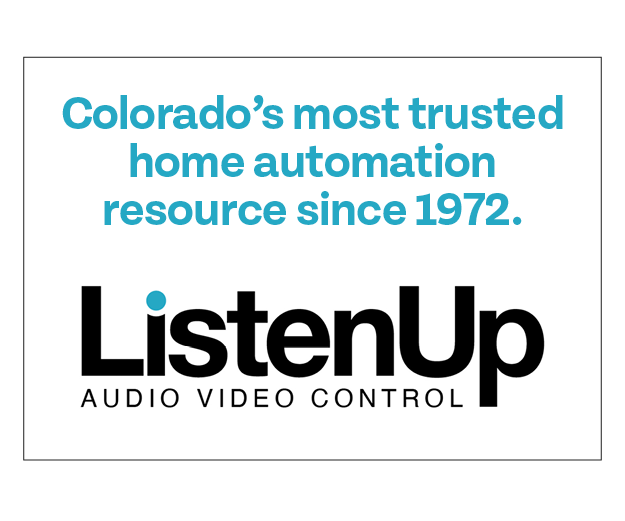One of the many things 2020 taught us was the importance of a strong, reliable network connection. As a builder, it’s now more important than ever that you set your clients up with the best network infrastructure possible.
Related: What the WFH era means for new home builders
That’s where fiber comes in. Fiber-optic internet is steadily becoming available in more cities throughout Colorado with every passing day, with Denver at almost 80% coverage. Instead of using copper Cat wires, which transmit internet through electricity, glass fiber-optic cables actually transmit through light.
Fiber provides equal upload and download speeds, and increased bandwidth, essentially future-proofing the home for advancements in streaming and Internet of Things (IoT). A prime example of how homeowners increasingly need these high speeds is Netflix’s recommendation of minimum speeds of 25 Mbps for streaming 4K or Ultra HD content. As an added bonus to homeowners, the glass cables are less susceptible to drops in coverage due to severe weather.
But how do you bring fiber into a building? For new construction, you’ll want to be sure the fiber cables are being directly connected to the router and any other ports throughout the house. This requires a “fiber to the premises” (FTTP) or “fiber to the home” (FTTH) connection.
It is critical to bring the fiber cables directly into the home. “Fiber to the node” is the alternate method, where fiber is at a local distribution box and brought inside through a combination of coaxial cables and phone lines. Understandably, this can defeat the purpose of the faster speeds by the time it reaches the end user.
With FTTP and FTTH, the service provider will run fiber directly from the closest equipment box to an optical network terminal. This terminal can be located indoors or out; however, we recommend indoors like a garage or utility room. Although terminals are weatherproof, there’s no need to tempt fate or vandals.
Now the hard part is done—once the fiber is safely installed, it can be accessed by a low-voltage contractor for distribution throughout the house. Cat6A ethernet cables and a fiber-ready Wi-Fi 6 router will ensure your client’s devices are properly supported for years to come.
Related: Top 12 features homebuyers want in 2021
Fiber is faster and easier to install than coaxial cables, and the speeds below don’t lie. With 8K and 12K on the horizon, standard internet speeds are about to be obsolete. Reach out to your local service provider or low voltage contractor for more details on getting fiber to your next project.









